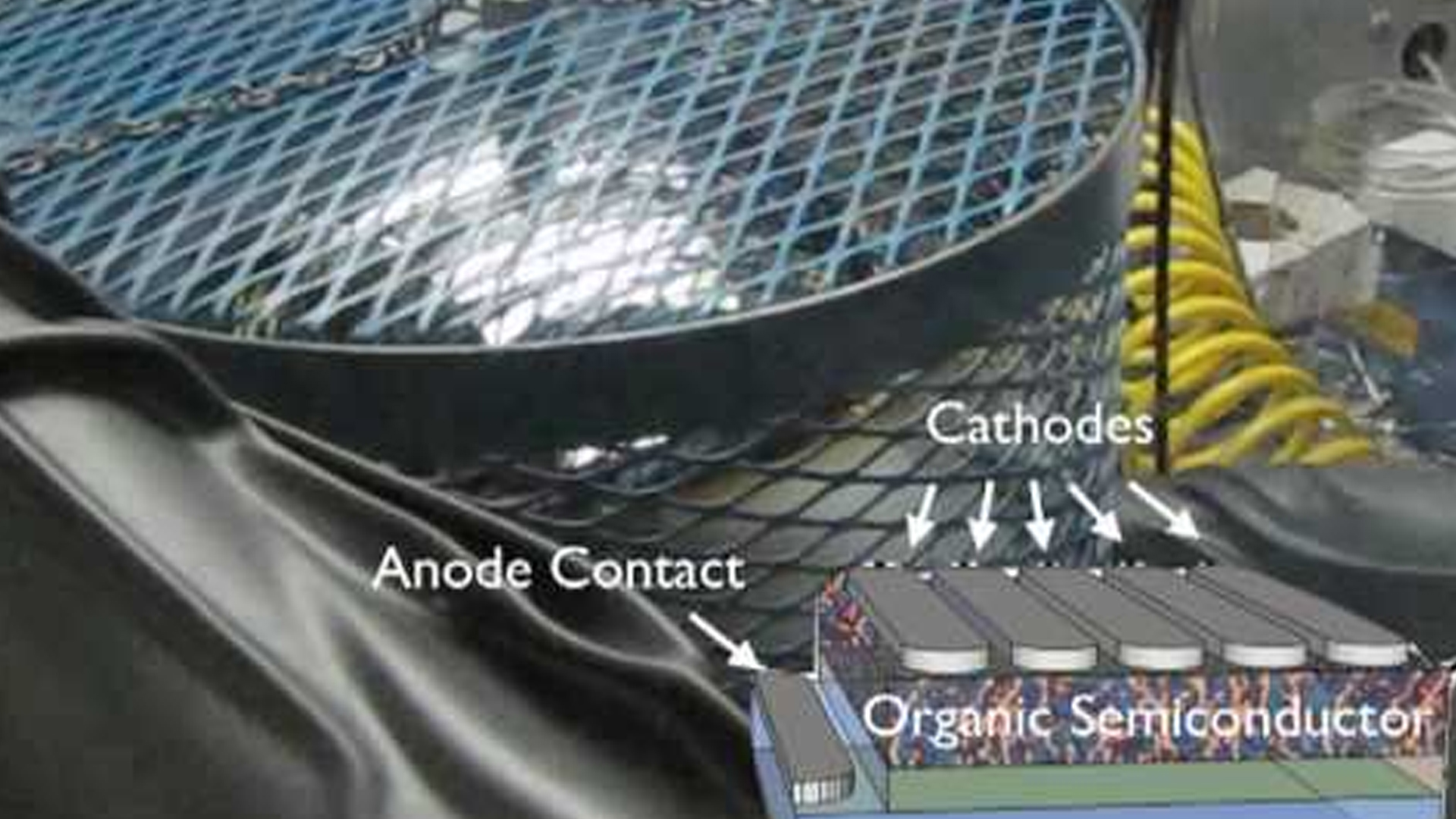News Article
Smit Ovens Forges New Partnership
Smit Ovens is joining forces with Holst Centre and Solliance to develop new thermal solutions for organic photovoltaics (OPVs). In a five-year deal, Smit Ovens becomes a partner in Holst Centre's Large area printing program and Solliance's OPV program. It will supply Holst Centre and Solliance with drying furnaces for a roll-to-roll processing pilot line. The partners will work together to define and modify OPV furnace specifications based on experience gained over the course of the agreement. This will reduce Smit Ovens time to market for mature, advanced thermal solutions that meet OPV manufacturers' needs.
OPVs offer huge potential for low-cost, environmentally friendly, renewable energy. However, their widespread adoption relies on the availability of low-cost, high-volume manufacturing processes such as roll-to-roll production. Building on knowledge generated at Holst Centre, Solliance aims to develop such processes by creating an integrated pilot production line. For that, it is looking to work with innovative equipment suppliers such as Smit Ovens.
Under the deal, Smit Ovens will supply multiple furnaces for drying the various layers of material from which OPVs are built. This will allow Holst Centre to expand its pilot line to a multi-layer set-up that more closely mimics a real production environment. Smit Ovens will draw on the extensive know-how within Holst Centre's large area printing program to design and build an initial furnace. Solliance, Holst Centre and their eco-system partners will then use the furnace as part of the pilot line to develop new OPV manufacturing processes. The insight and feedback gained will allow Smit Ovens to refine and mature its design, quickly developing new furnace generations.
In particular, this deal will allow the partners to investigate key outstanding challenges in OPV manufacturing. These include achieving the strict cleanliness and layer uniformity standards required for cost-effective, high-yield production. In addition, the furnaces will support inert gas environments and feature a modular architecture that allows for easy scaling to higher volumes, streamlining the future transition to full-scale production.





























